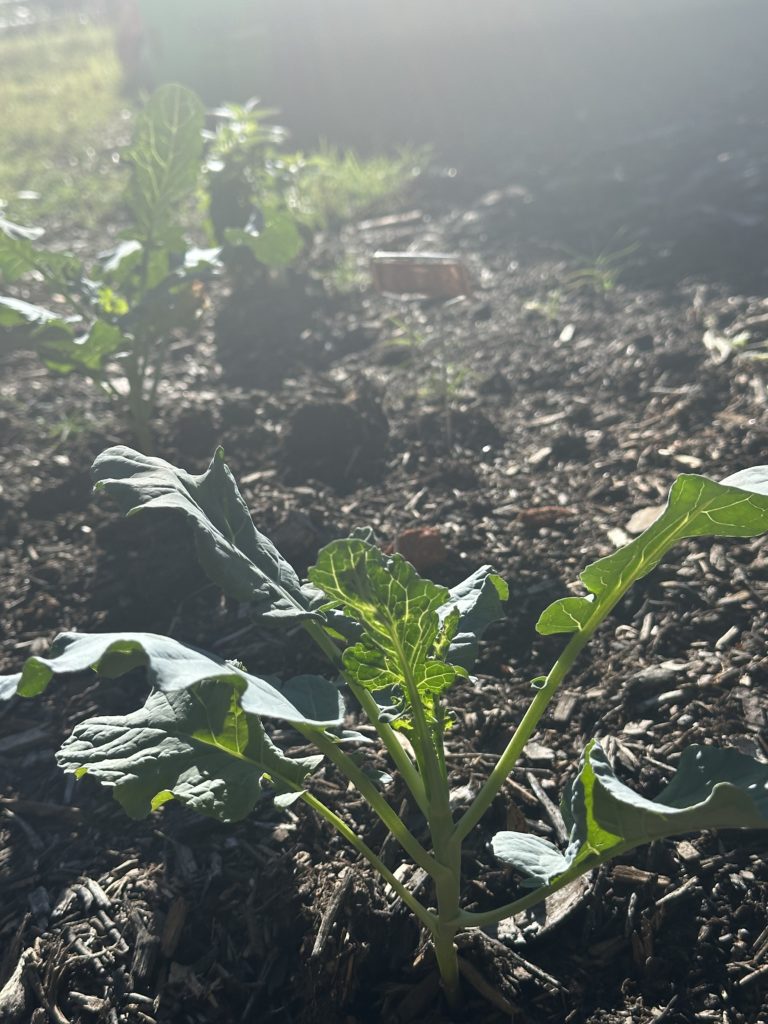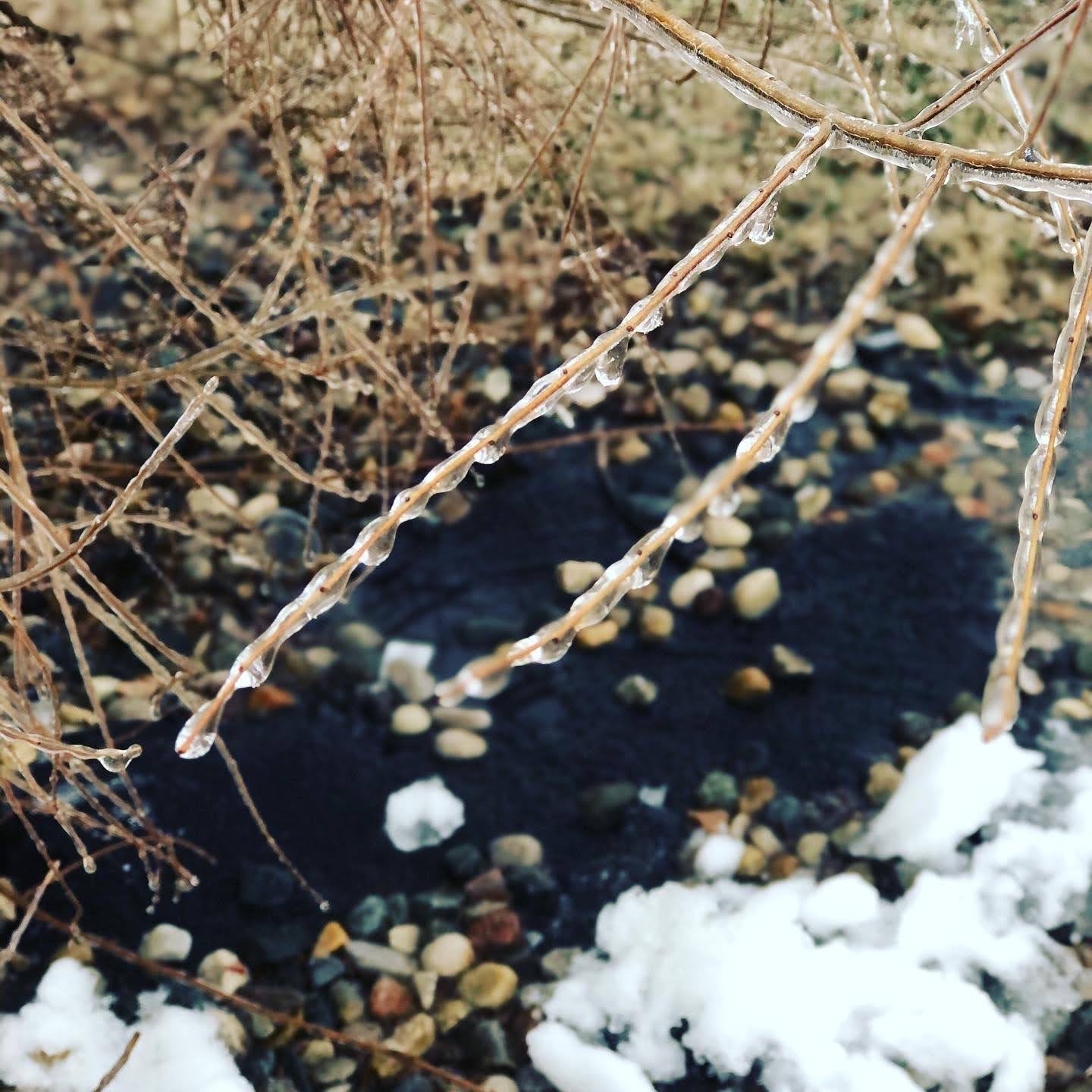Hey Southern gardeners, when autumn’s crisp air starts rolling in, it’s easy to get nostalgic. We remember gardens brimming with marigolds, broccoli sprouts, and flowering basil. But hold up: the first frost date, usually early November, is just a chapter in your garden’s life story, not the end.
Understanding Frost: A Southern Gardener’s Primer New or seasoned, understanding frost dates is key. Here’s a breakdown:
- Light freeze (29° to 32°F): Tender herbs and annuals won’t make it.
- Moderate freeze (25° to 28°F): It’s rough for a broad range of plants.
- Severe freeze (24°F and below): Most plants will take a hit.
To get the scoop on your local frost dates, check out The Old Farmer’s Almanac. Remember, these are guidelines, not guarantees. Frost can appear 30% of the time outside these dates, and your garden’s unique conditions can shift the game.



Cold-Weather Stars: Veggies That Shine in the Chill No need for doom and gloom. In hardiness zones like 7b and 8a, we’ve got veggies that come alive in the chill:
- Kale: The cold turns it sweeter and even more delicious.
- Brussels Sprouts: More flavorful and tender as it cools.
- Carrots: They sweeten up due to the cold.
- Collard Greens: Get a richer, fuller flavor post-frost.
- Spinach: Remains a versatile pick through winter.
- Parsnips: Turn creamier and nuttier when hit by frost.
Beyond the Veggie Patch: Winter Planning and Prepping While you’re enjoying these frost-friendly crops, use this downtime to prep for spring. Test your soil, clean those tools, and draft your garden layout for the warmer months ahead.
Final Thoughts: A Garden for All Seasons So, as we bundle up, remember: your garden spirit doesn’t have to go into hibernation. Armed with knowledge and passion, your garden can be a year-round show of resilience. Keep those green thumbs busy, and remember that life—especially garden life—thrives in all kinds of weather, often surprising us in the sweetest ways.
Stay frosty and happy gardening!
